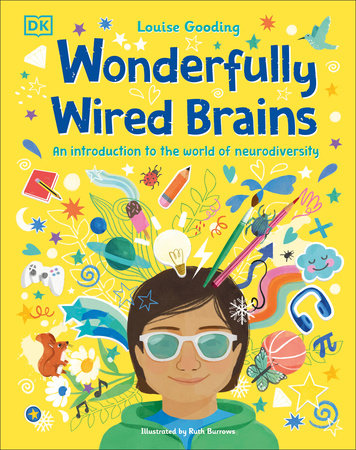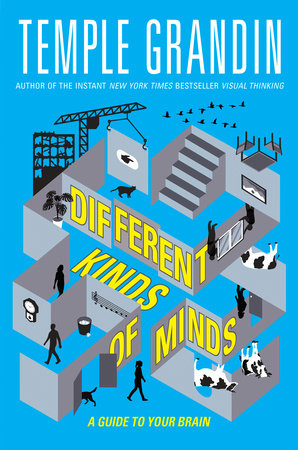
The brain is one of the most fascinating organs of the body. Here are some books that will help you understand and appreciate our brain just that little bit more.

Your Amazing Brain: The Epic Illustrated Guide
by Jessica Sinarski and Luiz Fernando Da Silva
Written in kid-friendly comic-book format, and using a wide range of characters, this book not only tells the reader how the brain works, but also how to make it work for you.

by Jacqueline B. Toner and Claire A.B. Freeland
Why do we sleep? What are feelings? How do we make decisions? This book introduces children to the science of the mind. With hands-on experiments and illustrations, it is a perfect first step into the fascinating science of psychology.

Big Brain Book: How It Works and All Its Quirks

Your Brain: Understanding Your Body’s Control Center
by Jeff Szpirglas
Want to know more about the structures and functions of the brain? This is the book for you. Learn about the different parts of the brain and how they work. Hands-on investigations will help readers understand how the brain works processing information.

Brain Games
by Jennifer Swanson
In this interactive book, a companion to the National Geographic show, children learn all about the most powerful and complex supercomputer every built – our brain. The fun facts, challenges, and colorful illustrations are great for inquisitive minds.

Cutting-Edge Brain Science
by Buffy Silverman
The most recent trends in brain science come from science fiction. How? Researchers use artificial intelligence and neuron mapping to understand our brain’s machinery. It is after all, the most complex computer we know of! Explore how what you eat affects your brain, and what robotic arms might have to do with our minds with this interesting book.

Brain & Behavior (The Human Machine)
by Linda Bozzo
Discover more about the brain and how it affects behavior. Learn how and why scientists study the brain; the most complex organ in our body.

Detecting Brain Disorders
by Rachel Kehoe
Doctors have wonderful tools and technology to help them find and diagnose problems with the brain. This book will amaze you with all the fascinating information. It includes a glossary, quiz questions and other resources to help readers dig deep into the world of the brain.
Written by a neurodiverse author, this book challenges stereotypes about neurodiversity, and shows how neurodivergent brains work differently, and how every brain is unique.

This is Your Brain on Stereotypes: How Science is Tackling Unconscious Bias
By Tanya Lloyd Kyi; Illustrated by Drew Shannon
The science behind stereotypes – how our brains form stereotypes, and how recognizing them can help us be less biased. It addresses discrimination, racism, sexism, ableism and homophobia. An essential book!’
Different Kinds of Minds: A Guide to Your Brain
by Temple Grandin, adapted by Ann D. Koffsky
What you like and what you are good at can give you clues to how your brain works. Do you like puzzles? Writing stories? Acting in plays? All of these activities, and more, give us information about how the brain works. Discover all kinds of minds, and how different types of thinkers can help solve real-world problems.

Shruthi Rao is an author. Her home on the web is https://shruthi-rao.com

Susan Summers is a wildlife enthusiast and an author. Contact her at: https://susan-inez-summers.weebly.com/







 Help kids channel their inner Jane Goodall.
Help kids channel their inner Jane Goodall.  Play out a musical chairs-style model of habitat loss
Play out a musical chairs-style model of habitat loss Break the ice before kids “meet” zoologists.
Break the ice before kids “meet” zoologists.  Catch the zoology bug!
Catch the zoology bug! Please join the pack! (It’s your turn to howl.)
Please join the pack! (It’s your turn to howl.)